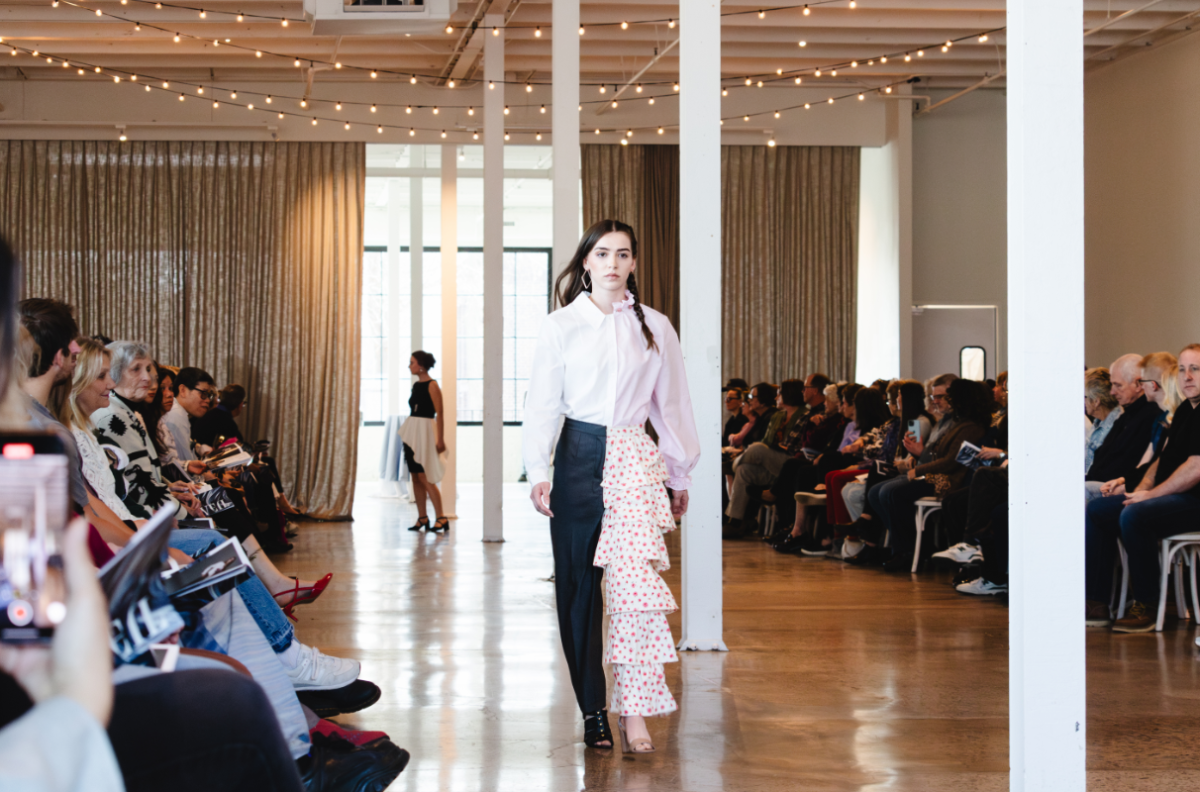âÄúDance RevolutionsâÄù WHEN: Feb. 6 – 8 WHERE: Rarig Center’s Whiting Proscenium Theatre TICKETS: $12 – $17 at the door Forget that techno version of CascadaâÄôs âÄúEverytime We TouchâÄù and neon stomp pads with colorful arrows. The University Department of Theatre and DanceâÄôs upcoming production âÄúDance RevolutionsâÄù is nothing like the video game it seems to reference. The program features four pieces choreographed by different nationally and internationally renowned artists. The aesthetic scope of the show is colossal, with dances that range from original artistic installations to a recreated modern classic piece. Katherine Lung, fifth-year dance major, said the show âÄúshowcases the variety and versatility of the [UniversityâÄôs] dancers.âÄù The revolutions boasted by the title are the challenges and experimentation that have been taken on in the showâÄôs production. Lung says that âÄúthe show offers a wonderful first taste of dance for students,âÄù because it isnâÄôt the ballet that the word âÄúdanceâÄù has seemingly come to denote. There arenâÄôt rail-thin ballerinas in point shoes or sparkly pink tutus anywhere in the production. The show opens with a tap piece choreographed by Max Pollak, a stomping, clapping , tapping piece that creates its own rhythm and music. The dancers enter in unison, joined to one-another in the shape of an insect, breaking away from each other in a way reminiscent of a spiritual dance around a fire. As Toni Pierce-Sands, the artistic director of âÄúDance Revolutions,âÄù told the dancers after one of the rehearsals, it is âÄúabout the different ways that [each dancer] has found to connect with one anotherâÄù âÄî rhythm, melody and spirit. The integration of the many types of dance means a lot of exhausting work. Pierce-Sands said each work is âÄúdemanding on all levels, the physical level and the soul level. The commitment is huge.âÄù The outstanding performance is a nod in the direction of each of the showâÄôs dancers. Auditions for the show were in September and the dancers have had only about three weeks of intensive rehearsal to really stomp the show into perfection. An exciting portion of this show is the live rhythm and melodies created during three of the pieces. Whereas most previous dances have been to previously recorded music, this yearâÄôs production features singing, pianos and cellos. The beautiful and grueling âÄúMissa BrevisâÄù (âÄúShort MassâÄù), is the final piece of the show, but it certainly flaunts a misnomer. At 45 minutes, itâÄôs hard to believe that the piece could be called brief by any means. The work was first created in 1958 and is only produced at the top dance schools (think Juilliard) . Its success at the University of Minnesota is a credit to the University dance program and artistic direction. Pieces like âÄúMissa BrevisâÄù require so much work because, as Pierce-Sands said, âÄú[artists] need to keep genuineness and need to find how to relate it to their own lives.âÄù It requires rumination, historical research and an emphasis on spiritually connecting to themselves and the outside world. âÄúMissa BrevisâÄù has proven itself timeless and thatâÄôs a lot of weight for the dancers to bear. âÄúDance RevolutionsâÄù doesnâÄôt promise lost weight or high scores, but itâÄôs toe-tapping and entertaining just the same.
DDR for dance majors
The University Department of Theater and Dance’s new production offers a variety of flavors for your dance palette.
Published February 5, 2009
0
More to Discover







